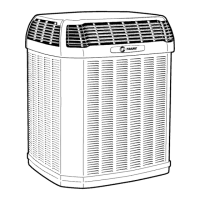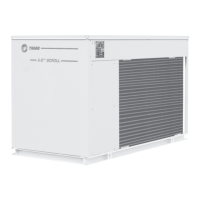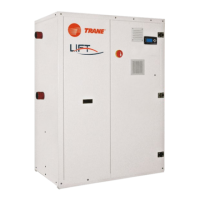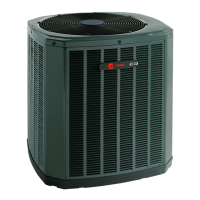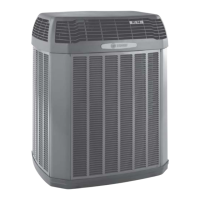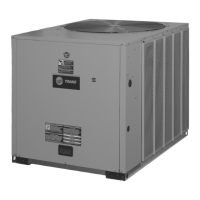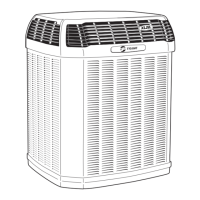Refrigerant Piping at the Indoor Unit
Note: Until the outdoor unit is set and ready to connect refrigeration pipes, do not remove the caps
from the indoor unit.
NOTICE
1. Connect each pipe to its port on the indoor unit correctly. If the centering is improper, the
are nut cannot be tightened smoothly. If the are nut is forced to turn, the threads will be
damaged. Refer to the aring process guidelines in this manual for additional information.
2. Do not remove the tube caps nut until the connection pipe is made ready to prevent dust and
impurities from entering the system.
NOTICE
If a wall sleeve is not used, unnecessary damage to the piping and wiring could occur. This
typically results in current loss, improper grounding, and pipe leaks, Ensure no undue forces are
on the piping and wiring through wall(s) and adequate draining still occurs.
1. When connecting refrigerant pipe to the unit or removing it from the unit, please use both a
back-up wrench and the torque wrench. See illustration on page 16.
2. When connecting, place the equipment specied oil type on the backside of the copper
tube are prior to tightening. Do not place oil on the are face, as this will promote system
contamination, tighten it by hand and then tighten it with the spanner or adjustable wrench.
3. Refer to the torque reference table below before tightening to determine the appropriate torque
(over-tightening will damage the nut and lead to leakage).
4. Use dry Nitrogen to pressurize the piping circuit with 150 PSIG and allow it to hold while
performing other installation processes. It is recommended to apply a soap bubble solution and
observe the connection.
5. Evacuate each individual refrigeration circuit to 350 microns or below, and close o the valve to
the vacuum pump. If the pressure rises above 500 microns within one minute, but not above
1500 microns within 5 minutes, moisture is present. If the pressure continues to rise above
1500 microns, a leak exists in the circuit being tested.
a. If moisture is present, use triple evacuation process to eliminate the moisture.
b. If a leak is present, leak check all joints and piping.
Evacuation is not completed until the micron gauge does not rise above 500 microns within
one minute after achieving 350 micron pressure vacuum.
88-M4MHW18-1C-EN 15
Installer's Guide
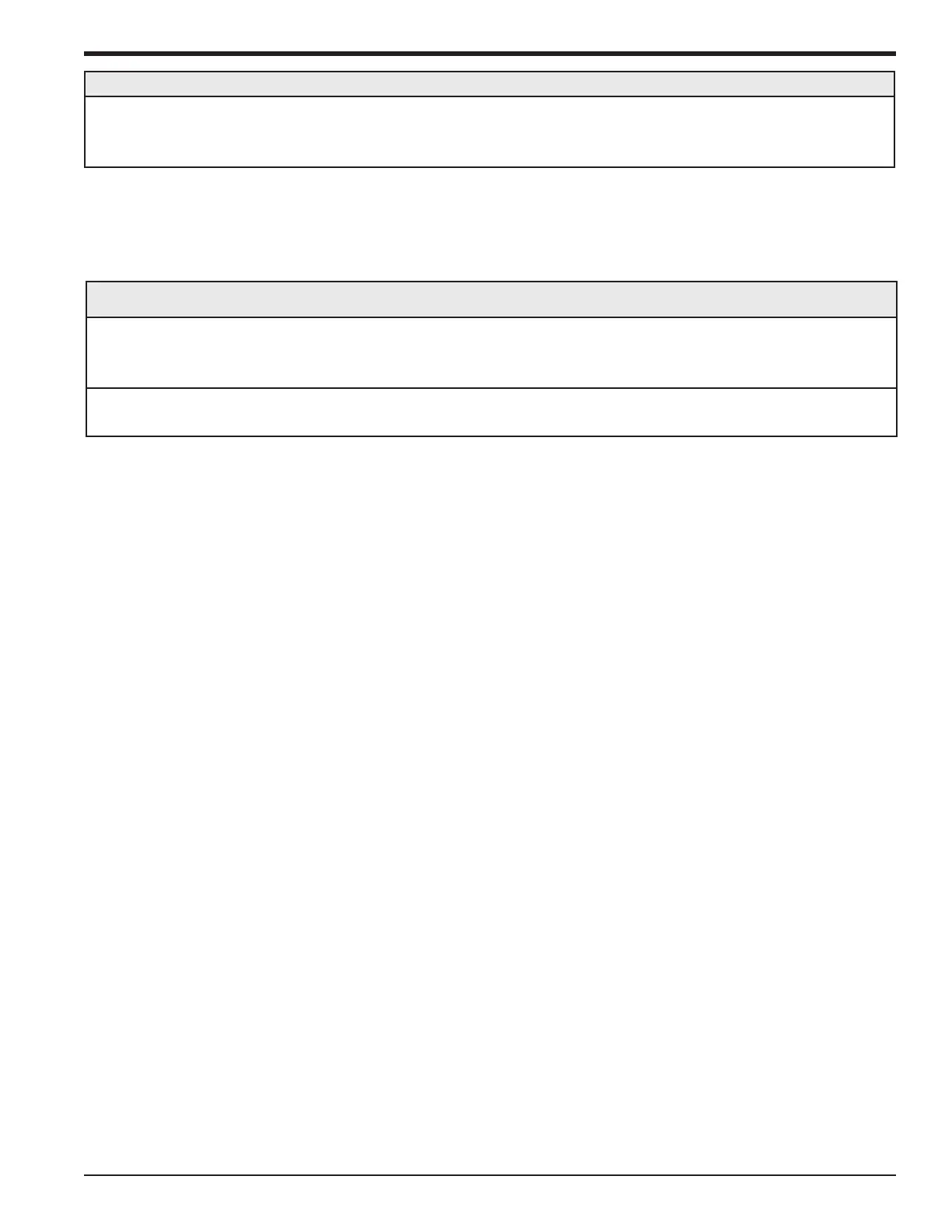